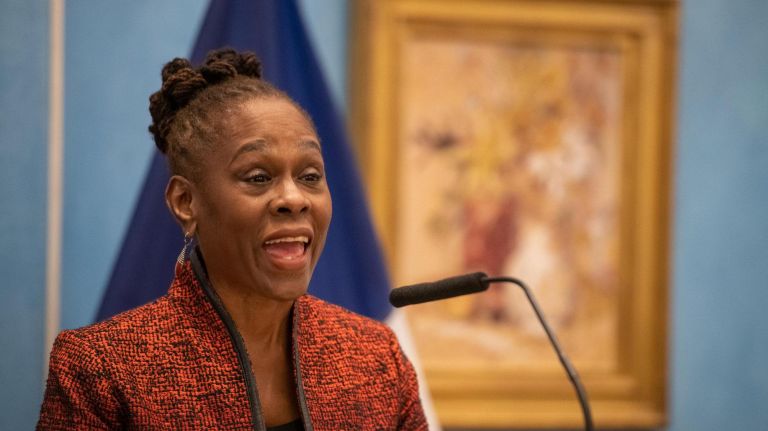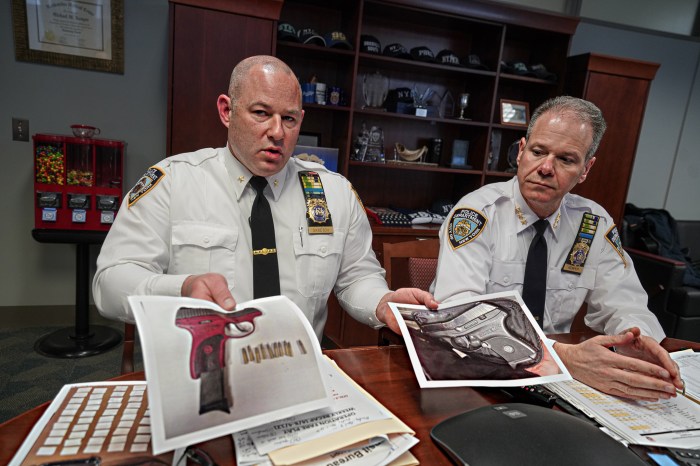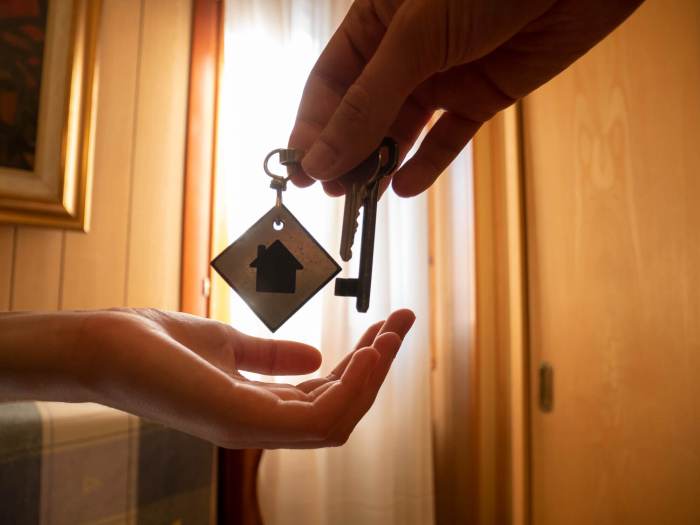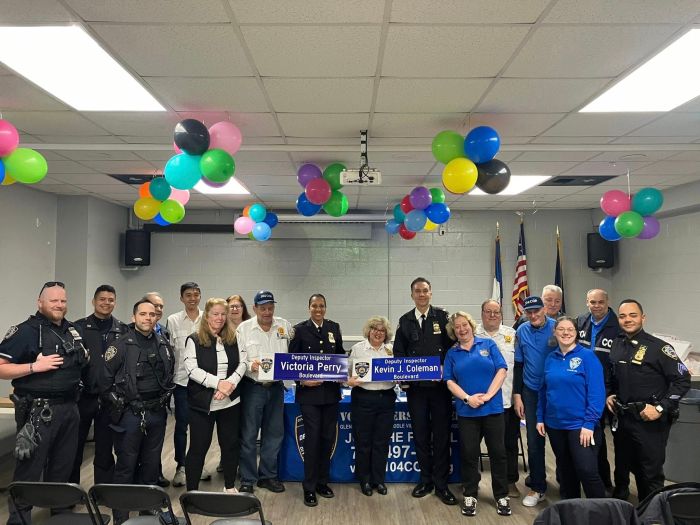Mayor Bill de Blasio admitted to reporters Tuesday that his decision to shift funds allotted for the NYPD to youth services came at the urging of his top advisor and spouse, First Lady Chirlane McCray.
On June 7, de Blasio pledged to cut police funding for the first time after 10 days of protests against police brutality and rising demands for police reform. The mayor did not specify how much funding from the city’s $90 billion budget would be funneled from the NYPD, which has an annual budget of $6 billion, to social services but would work out details with the city council by the budget’s June 30 deadline.
During a Tuesday press conference, McCray, co-chair of the city’s racial inequality coronavirus task force, explained that her support to divert funds to youth services came after the tasks forces submitted a questionnaire to 300 residents from communities hit the hardest by the coronavirus pandemic.
“That was one of the most important responses that we got back,” McCray said. “Mental health was at the top, but the fact that we need more resources for our young people was right up there.”
McCray, rumored to be mulling a run for Brooklyn Borough President, was appointed to co-chair of the task force by her husband in late April. De Blasio appointed McCray despite criticism from other city elected officials on the first lady’ track record running her $850 million mental health initiative, ThriveNYC, and her inexperience infectious disease or public health.
But even if responses to the questionnaires would have been different, McCray admitted that she would have encouraged that more funds be shifted to youth serves.
“It was something I know from the heart,” said McCray. “Any middle-class family, any upper-class family, they’ll have activities for their children, there are so many positive outlets for that energy. But in these communities, those opportunities are lacking.”


















